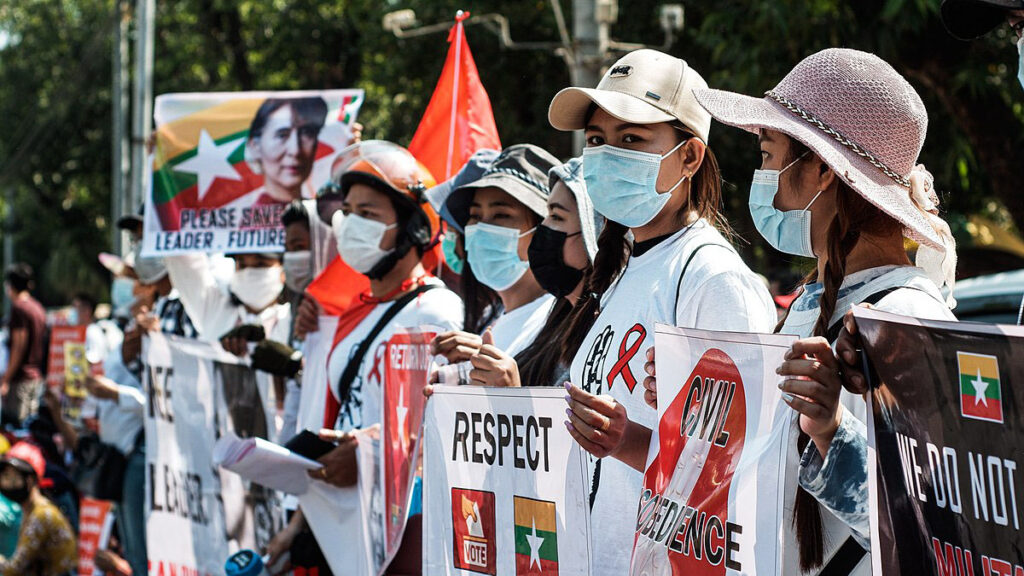INTERNATIONAL POLITICS is rarely crisp and clear-cut, but working out where the cluster of ten diverse middle and small powers that make up South-East Asia stand in relation to the great powers, especially the People’s Republic of China (PRC) and the United States, can be excruciating. Western and especially US commentators worry the United States is ‘losing South-East Asia’ to China.1 But most scholars of South-East Asia, not to mention the region’s inhabitants, reject such binary assessments, especially those that render South-East Asians as passive observers or victims of a geopolitical tug-of-war between the two great powers. Instead, they see South-East Asian states ‘hedging’, pursuing policies of equidistance between China and the United States.2 Hedging in the case of South-East Asia involves maximising the economic benefits from China’s rise while retaining the security benefits from association with the United States. Efforts to retain autonomy in the face of outside pressure are an important source of regional identity. Insofar as there was a common South-East Asian identity at all before colonialism and the formation of the Association of Southeast Asian Nations (ASEAN) in 1967, it probably reflected shared historical experiences of seeking to borrow culturally from, and trade profitably with, larger states such as India and China, without sacrificing local rule.3
In 2021, South-East Asian countries, with few exceptions, had little inclination to choose between the United States and China. On the one hand, they sought to capitalise on Chinese trade and investment to develop, while retaining their autonomy and sovereignty. (In 2020, two-way trade between China and South-East Asia was worth US$731.9 billion and Chinese investment was worth US$14.36 billion.)4
On the other hand, they continued quietly to enjoy the presence of US deterrent capabilities in the background, while remaining wary of pressure from Washington on matters of human rights and democracy. Fifteen separate US military commands reside in Singapore, for example, including the headquarters of the US Commander Logistics Group Western Pacific and the US Military Sealift Command Far East.5 Singapore’s Changi Naval Base regularly hosts US aircraft-carriers, littoral combat ships, and P-8 Poseidon maritime surveillance aircraft.6 In 2017, a senior Thai military officer told me:
We don’t want the Chinese to do what they want, that’s why we appreciate the US coming into the region to be another big guy on the block. To make sure the one big guy we have is not pushing people around.7
While China is often perceived as bullying and high-handed, especially by those unfortunate enough to have conflicting territorial claims or maritime entitlements in the South China Sea, it also represents economic opportunity, and is a permanent fact of life. As Singapore’s Lee Hsien Loong 李显龙 told Australia: ‘You need to work with the country. It is going to be there, it is going to be a substantial presence.’8
Even for the four mainland South-East Asian states without claims in the South China Sea (Myanmar, Cambodia, Laos, and Thailand), China is still a powerful and sometimes problematic neighbour. One reason is its control of Mekong River flows, the fisheries of which feed around 60 million people across the Mekong Basin.9 Another is its undeclared support for armed ethnic-based organisations such as the Wa State in north-east Myanmar. The Wa State has adopted Maoist practices such as struggle sessions, uses the Chinese renminbi as currency and Putonghua as its official language, and resists incorporation into the Union of Myanmar.10
Myanmar presented China with its biggest South-East Asian foreign policy challenge of 2021. The outbreak of civil conflict following General Min Aung Hlaing’s 1 February military coup against the government of Aung San Suu Kyi’s National League for Democracy jeopardised important Chinese interests. These included infrastructure and investment — current and planned — including the multi–billion-dollar China–Myanmar Economic Corridor linking Yunnan and Rakhine State. Even before the coup, in 2020, China had constructed a 2,000-kilometre razor-wire-topped fence along its border with Myanmar to limit exposure to COVID-19 and reduce transnational drug trafficking, which has been a problem since the 1960s, with the Golden Triangle area of Myanmar, Thailand, and Laos still accounting for most of the world’s methylamphetamine production.11 After the coup, China assembled troops along the border, potentially to protect infrastructure such as the oil pipeline running from the port at Kyaukphu to Kunming.12 Yet China’s unwillingness to condemn the coup, as well as reports of daily unmarked flights between Yangon and the south-western Chinese city of Kunming —possibly to arm or assist Myanmar’s military — fuelled rage among anti-coup protestors.13 In March, protesters burned down several Chinese factories in Yangon.14 The situation continued to deteriorate, and the fighting escalated, with the Myanmar military’s 350,000-strong force by June arrayed against a coalition of ethnic-minority armies with some 80,000 troops.15 With no peaceful resolution in sight, China’s goals to build its Belt and Road Initiative (BRI) transport corridors through Myanmar to the sea remained out of reach.16 The corridors were an essential part of the PRC solving its Malacca Dilemma — so-called because US forces stationed in Singapore could execute a blockade of China’s seaborne trade at the Straits of Malacca should conflict ever erupt.
In terms of foreign policy objectives, managing China’s image amid the COVID-19 crisis in South-East Asia was a close second to protecting the PRC’s interests in Myanmar. Many South-East Asian states controlled the virus effectively in 2020. But the advent of the highly infectious Delta variant has seen states like Thailand —which was relatively complacent about securing vaccines for its population — go from showcase to basket case in the space of a year.17 Vietnam, which is in a similar situation, was experiencing outbreaks across the country.18 Yet Thailand, Vietnam, and other South-East Asian states have been grateful for China’s assistance, especially its vaccines.19 These have formed the mainstay of South-East Asian vaccination programs in 2021, with some 190 million doses delivered by September (enough for first doses for 28 percent of South-East Asia’s population).20 These were both sold (to Indonesia, Malaysia, Singapore, and Thailand) and donated (to Brunei, Cambodia, and Laos), with a mix of sales and donations to Myanmar and the Philippines.21 There is an awareness in the region that the efficacy of the Sinovac vaccine is lower than the Western equivalents; Singapore, for example, was reluctant to fully recognise Sinovac, with one official stating there was a ‘significant risk of vaccine breakthrough’.22 But Sinovac provided a buffer while stocks of AstraZeneca, Pfizer, and Moderna gradually arrived through various avenues including production under licence (in Thailand) and the COVAX program.23 China can portray this as another instance of it reaching out and assisting its South-East Asian neighbours in a crisis, as Foreign Minister Wang Yi 王毅 reminded his regional counterparts this year.24 Given memories of Western indifference in moments of need, especially during the 1997 Asian Financial Crisis, this has been a card worth playing. But overall, with Sinovac’s efficacy in doubt but the vaccine at least available, China’s COVID assistance to South-East Asia has been neither a raging success nor a conspicuous failure. More research will be needed to understand how this enormous crisis will shape South-East Asian attitudes towards both China and the West in the longer term. South-East Asian states, preoccupied with controlling infection, have been reluctant to join the West in pressuring China over the origins of the virus, but this scarcely amounts to a vote of confidence in the PRC.
By late 2021, the Biden administration had woken up to the need to compete. Together with the increasingly active Quadrilateral Security Dialogue (the Quad) coalition of regional democracies (Australia, the United States, India, and Japan), the United States aims to deliver one billion doses (expected to be a single-dose Johnson & Johnson product manufactured in India) by the end of 2022. The United States and its allies may yet prove the most important providers of public goods and, embarrassingly for China, goods of superior performance.25
South-East Asians want no part in a new Cold War. Their main concern in 2021 was managing the pandemic while attempting to give ASEAN a role in addressing the Myanmar crisis.26 The year saw several China–ASEAN summits, attended by officials at ministerial level and below and addressing the problems of the pandemic and economic recovery. China’s diplomats noted the concurrence of thirty years of ASEAN–China relations and the centenary of the Communist Party of China, and ritualistically emphasised the importance of negotiations towards an agreed code of conduct in the South China Sea. Given this is the biggest point of tension in South-East Asia–China relations, these interminable negotiations offered some, if minimal, hope that even if the dispute cannot be resolved, it can continue to be managed without escalating to conflict.27
Outside high-level diplomacy, China continued to change facts on the ground in 2021. Chinese engineers working on the BRI’s first important infrastructure project in South-East Asia, the Laos–China Railway, took no break for COVID. Consequently, the railway, which joins the Lao capital Vientiane directly with Kunming began operations on 3 December 2021.28 As another step towards entrenching a Beijing-centred regional economy through strategic infrastructure-building, this moment may prove to be among the most consequential of the year.



